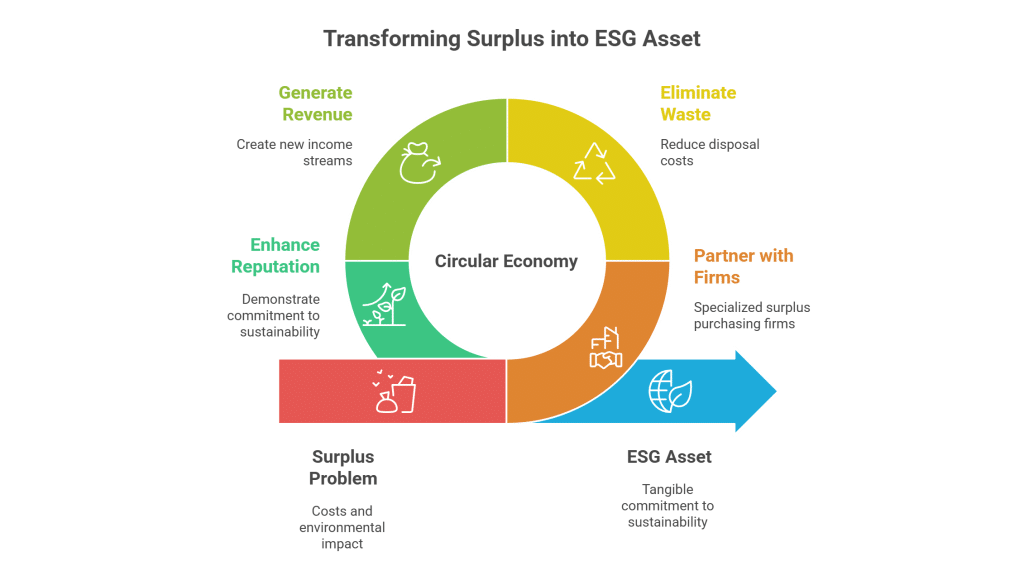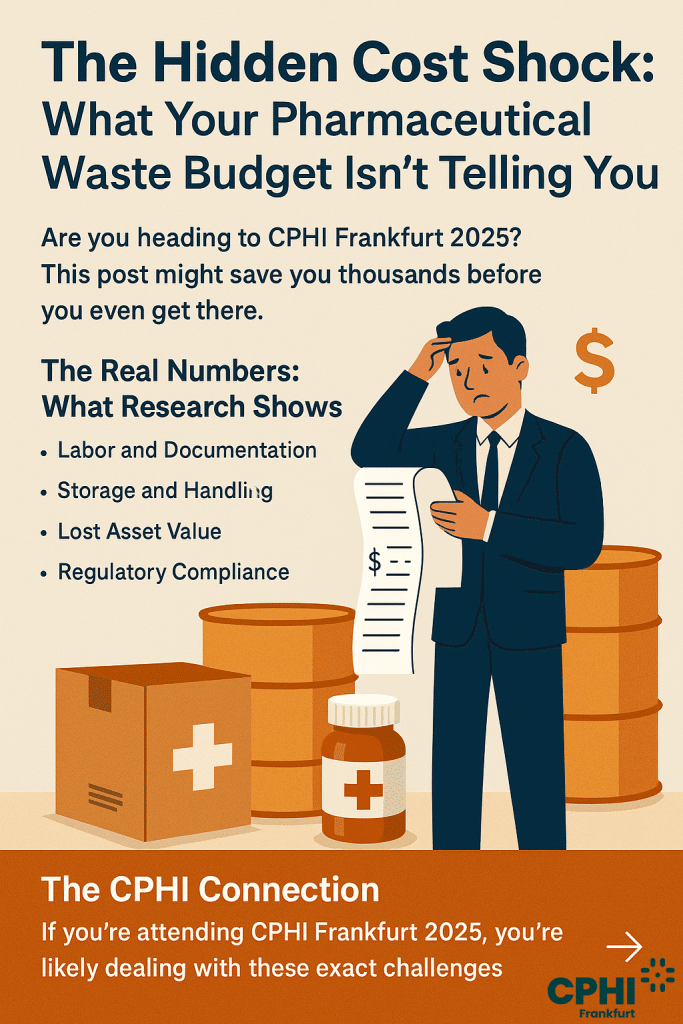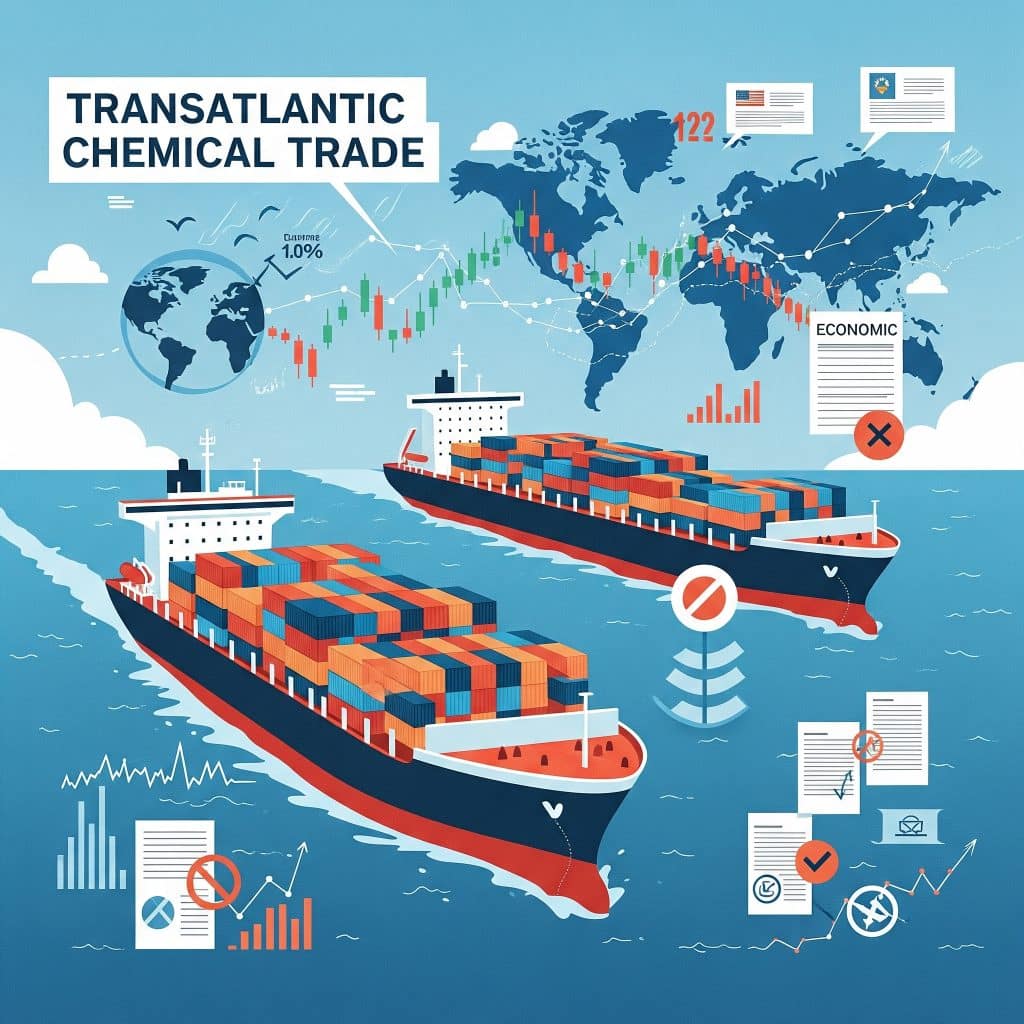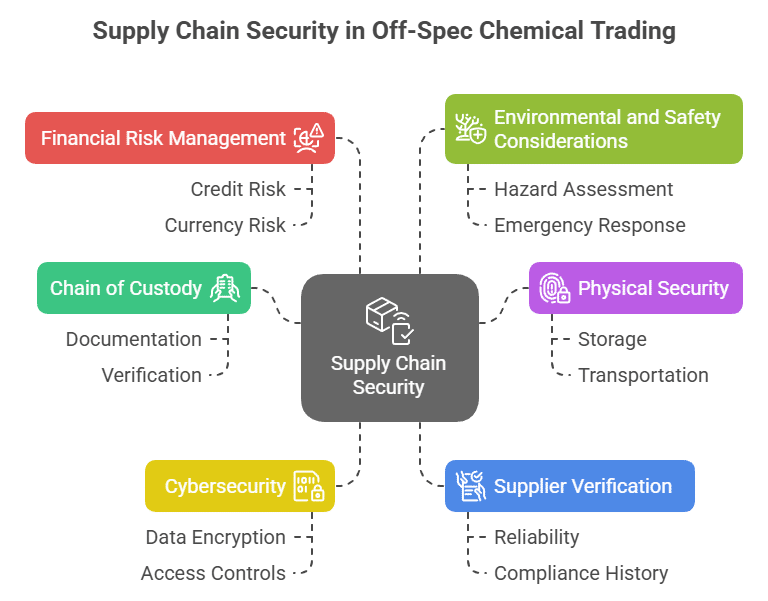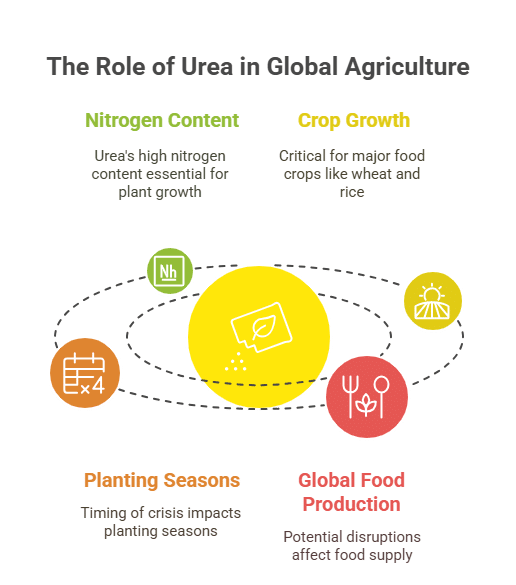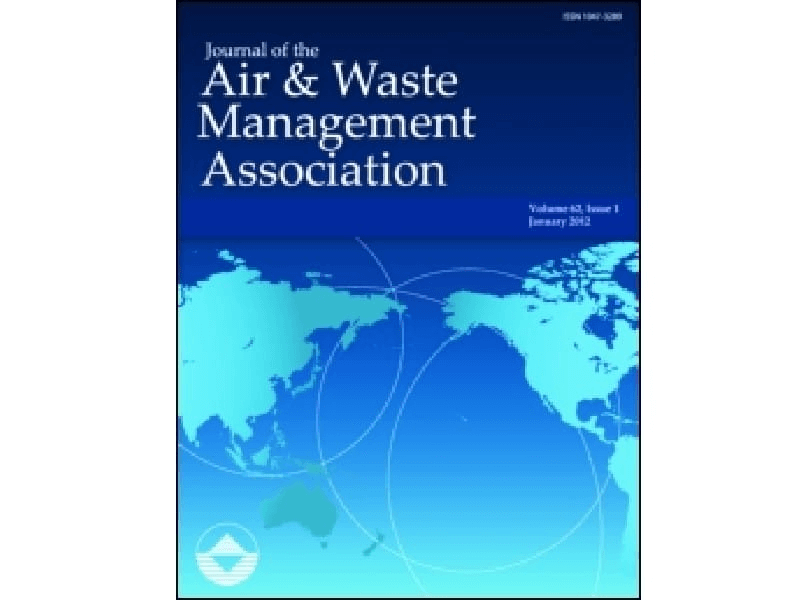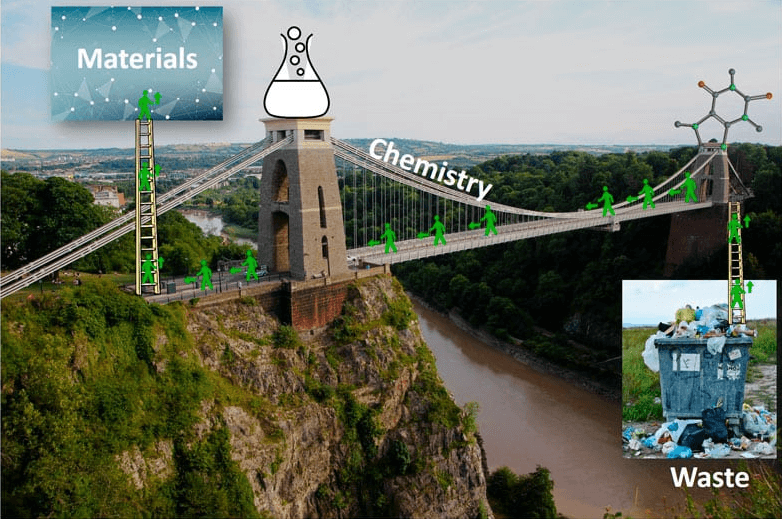Revolutionizing Excess Inventory: Carboxymethyl Cellulose (CMC) in Food, Industrial, and Pharma Sectors
Carboxymethyl Cellulose (CMC) Surplus Trading – Unlock Value in Food, Industrial & Pharma Sectors
Industry Applications of Carboxymethyl Cellulose (CMC) in Food, Industrial & Pharma Sectors
Table of Contents
Transforming Excess Inventory: A Real-World CMC Trading Success Story
In a recent case study, a mid-sized chemical manufacturer specializing in food additives and pharmaceutical ingredients faced challenges with surplus Carboxymethyl Cellulose (CMC) inventory that was tying up valuable storage space and incurring unnecessary maintenance costs. By partnering with a surplus trading platform, the company managed to offload this excess inventory at highly competitive prices. This strategic move not only provided immediate cash flow benefits but also helped in streamlining their production process, ensuring that only actively required stocks were held. The proactive approach improved their sustainability profile by reducing waste and aligning their operations with eco-friendly practices, ultimately setting a benchmark for efficient inventory management in the industry.




